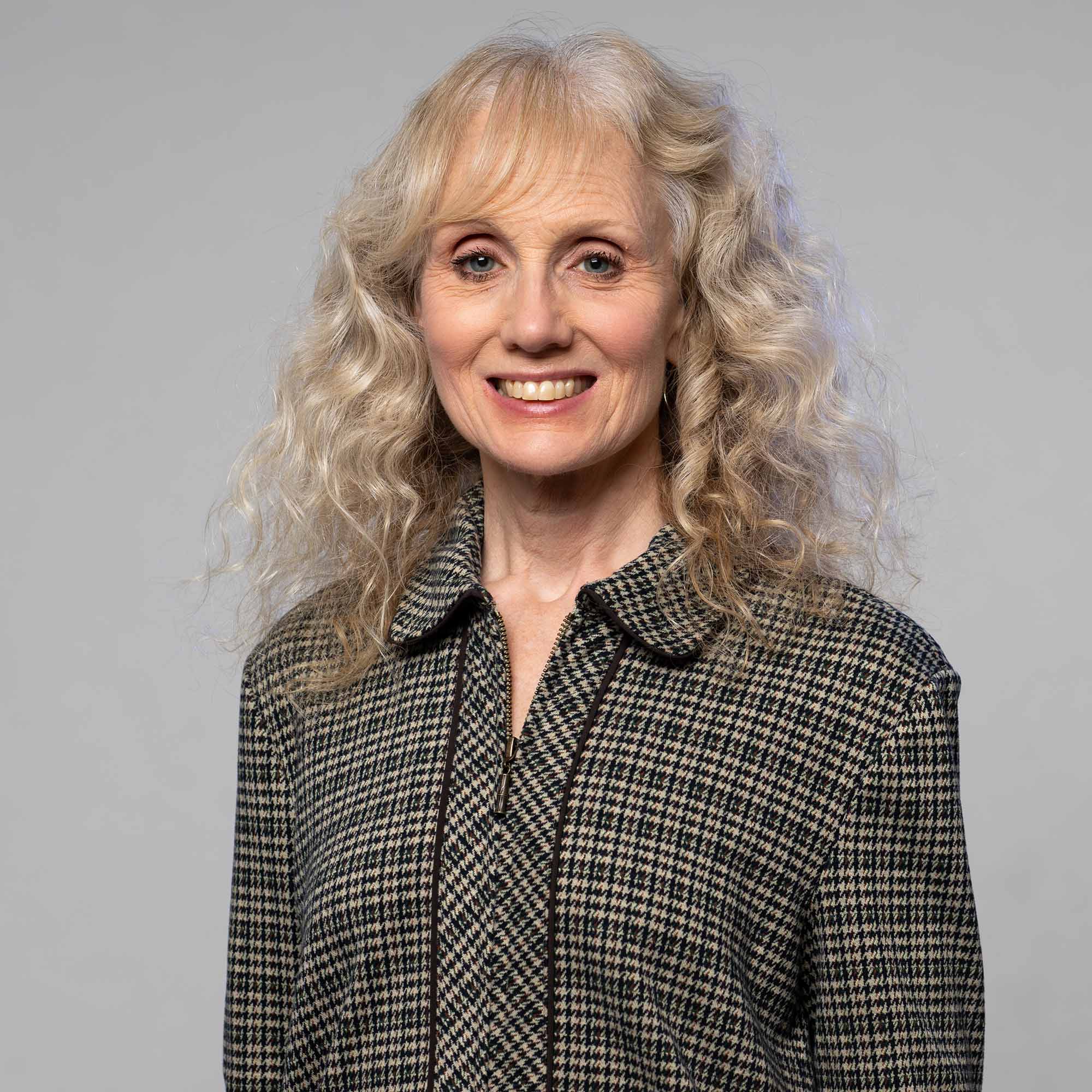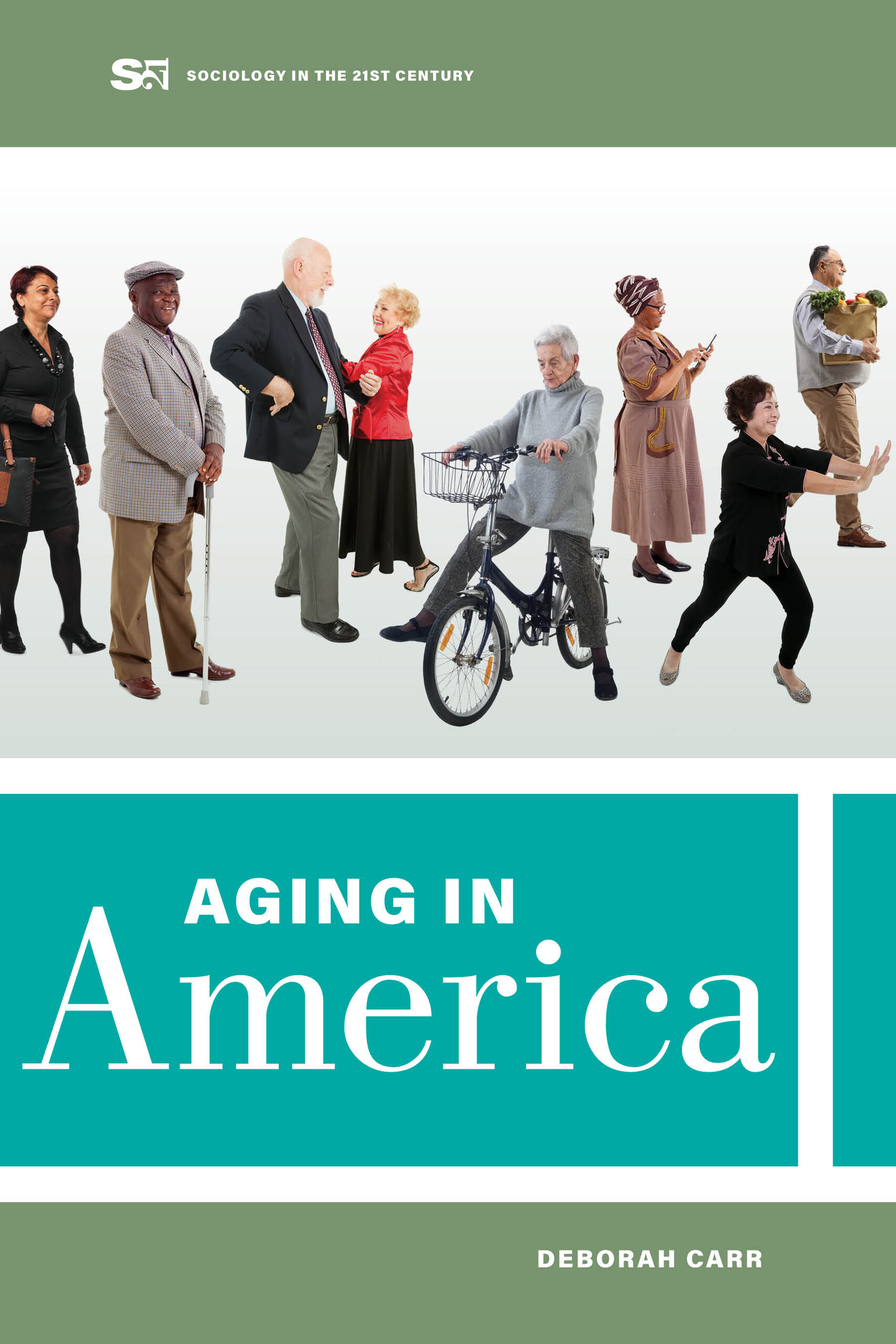Rethinking Our Idea of “Old Age”
The surprise runaway television hit of 2023 was The Golden Bachelor. Within a week of the dating program’s September premiere, an astonishing 11 million viewers had cheered on 72-year-old widower Gerry Turner in his search for love the second time around.
I was one of those 11 million, eagerly tuning in each Thursday night to watch as Gerry wooed a chosen few of the 22 contestants—all widowed and divorced women in their 60s and 70s. Like other viewers, I was drawn by curiosity and the hope that two soulmates would find each other. But as a sociologist who has studied aging for the past two decades, I also had keen professional interest. How would this new iteration of the long-running reality show portray aging in America?
I quickly discovered that The Golden Bachelor isn’t quite “reality” (it is, after all television). The preternaturally tanned, toned, and styled stars aren’t exactly a textbook illustration of old age. And the show’s escapist fantasy is far removed from the larger challenges that aging societies must grapple with: stark social inequalities, ageism, a national healthcare crisis, and global climate change impacts that are especially harmful to older adults. But the cultural phenomenon did highlight some important truths about aging: it shared with honesty the deep pain of grief after the death of a longtime spouse and the joy that comes from finding new love in late life; it also celebrated the importance of other social relationships—friendships, children, and grandchildren—for maintaining happiness.

More than anything else, The Golden Bachelor reflected the aging of our world population. It’s no surprise that the show has such an enthusiastic following. The cast members and their peers—adults ages 65 and older—account for about 17 percent of the US population, meaning a potential audience 56 million strong. This number is projected to reach a remarkable 94 million, or 23 percent of the US population, by 2060. The US isn’t alone; the number of older persons worldwide (60 years and older) is expected to double to 2.1 billion by 2050. This growth is driven by two main factors: declining fertility rates (meaning fewer young people) and longer life spans, a result of improvements in healthy lifestyles, healthcare, medical technologies, nutrition, living conditions, and hygiene.
This aging of our population will impact every aspect of our society, from social policy to healthcare expenditures to the labor force to family care. But older adults are not a monolithic group—some have every advantage to help them age well, whereas others face substantial challenges. Consider health and wealth, for example. Older adults today are living longer than ever before, while the proportion living in poverty has plummeted from about 30 percent in the 1960s to just 10 percent today. But these snapshots conceal pronounced disparities on the basis of sex, education, race, ethnicity, region, and other factors. Older Black and Hispanic women are three to four times as likely as their white male peers to live in poverty. Older men in the bottom 1 percent of the income distribution die 15 years younger than men in the top 1 percent, while the gap for women is 10 years. Location matters too. Older adults living in historically “red” southern states are more likely to be food insecure than those living in historically “blue” northern states with more generous social programs. But these gaps don’t emerge suddenly on your 65th birthday. Rather, they unfold gradually over time and are the result of structural advantages and disadvantages that we experience throughout our earlier years, like access to good education, nutrition, safe neighborhoods, quality healthcare, and good jobs with pension benefits.
On the global scale, the effects of climate change—extreme hot and cold temperatures, severe storms, wildfires, flooding, and blizzards—are harmful to everyone, but especially to older people. Triple-digit temperatures, like those in the southwestern US in summer 2023, can be deadly for older bodies that don’t sweat or cool down as efficiently as younger ones. Poor air quality makes it harder to breathe, especially among those who already have breathing difficulties.

Whether it’s because of climate change, a lifetime of poverty, or just the passage of time, most older adults will experience health declines serious enough to require personal care from a family member or paid caregiver. With a national caregiver shortage, they might not be able to find anyone to help. Those with Alzheimer’s disease often need round-the-clock care, posing an especially daunting and costly caregiving responsibility. Some experts recommend expanding guest worker programs, and making more visas available for elder caregivers—just as cultural exchange visas are available to au pairs who care for children. The US may need to turn to other nations for policy solutions, following innovations like Japan’s reliance on robotic caregivers and community volunteers to check in on persons with dementia.
Older adults also face other problems that can’t necessarily be solved with new policies: they are often looked down on, patronized, or ignored. Ageism—prejudice or discrimination against people based on their age—is rampant today, with 93 percent of older adults saying they regularly experience numerous types of ageism, including the assumption they don’t do anything valuable. COVID-19 unleashed ageist hashtags referring to the pandemic as the “#BoomerRemover.” Late-night talk show hosts recycle ageist jokes about Viagra and addle-mindedness. Even trailers for The Golden Bachelor included tired references to the star’s inability to use a smartphone and fondness for early-bird dinner specials. But ageism isn’t a joke. It can undermine older adults’ emotional, cognitive, and physical health, and drive up medical expenditures.
These challenges are so daunting, it’s not surprising people find comfort in feel-good escapism like The Golden Bachelor. And the largely positive media coverage of Gerry and his smart and savvy dates is a welcome antidote to the often bleak portrayal of aging. Sensationalist headlines regularly tell us that the “silver tsunami” of aging baby boomers will overwhelm Medicare, Social Security, the economy, and healthcare systems. But these warnings perpetuate the ageist notion that older adults are a problem to be solved, rather than an essential resource that strengthens families and societies.
Older adults are workers, volunteers, caregivers, innovators, philanthropists, entrepreneurs, consumers, and taxpayers. Data back this up. An AARP report estimates that adults over 50 contributed more than $8 trillion to the US economy in 2018, plus another $745 billion through unpaid labor—caring for children and grandchildren, volunteering, and much more. Beyond money, though, older adults are a source of wisdom, history, and a connection to our family memories, traditions, and our pasts.
In the end, the truth about aging sits somewhere between the idealistic message of The Golden Bachelor and apocalyptic imagery of the “silver tsunami.” Older adults, like any other age group, are complex and varied. They’re rich and poor, fit and frail, socially integrated and isolated, mentally quick and struggling with dementia. Yet all deserve to live out their final years in comfort and dignity.
Deborah Carr is a Boston University College of Arts & Sciences professor of sociology and director of the Center for Innovation in Social Science. Carr’s latest book, Aging in America, was published by University of California Press in 2023.
This Series
Also in
Aging Reimagined
-
February 21, 2024
The Secrets of Living to 100
-
February 21, 2024
How to Save for Retirement—and Why Most of Us Haven’t (or Can’t) Save Enough
-
February 21, 2024
The Ingredients of Unequal Aging: Housing, Income, and Health

Comments & Discussion
Boston University moderates comments to facilitate an informed, substantive, civil conversation. Abusive, profane, self-promotional, misleading, incoherent or off-topic comments will be rejected. Moderators are staffed during regular business hours (EST) and can only accept comments written in English. Statistics or facts must include a citation or a link to the citation.